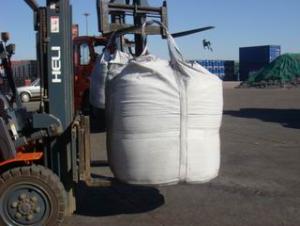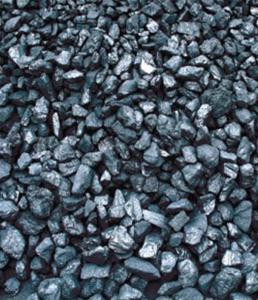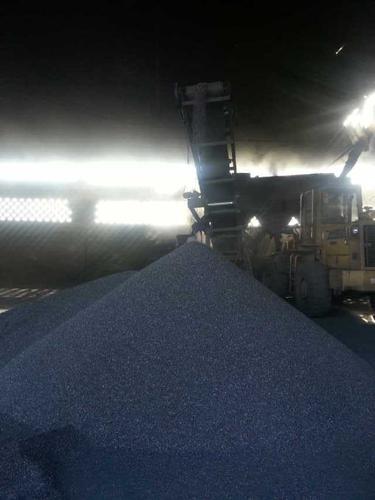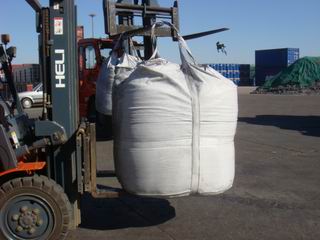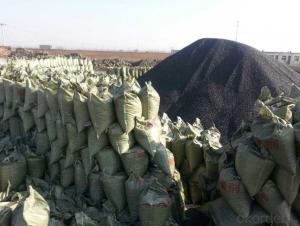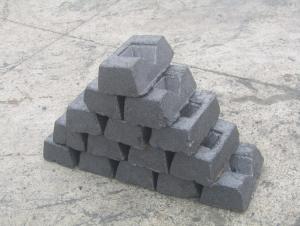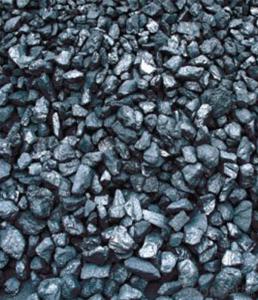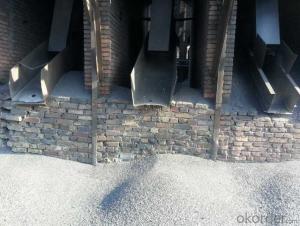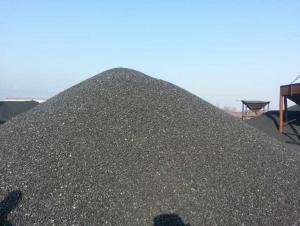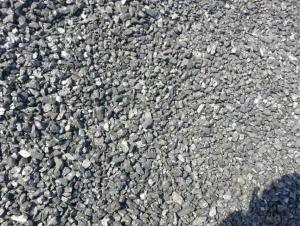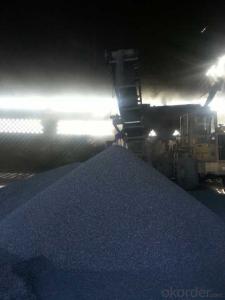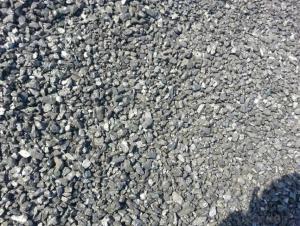Injection Carbon used for Steelmaking with stable quality FC 92
- Loading Port:
- China Main Port
- Payment Terms:
- TT or LC
- Min Order Qty:
- -
- Supply Capability:
- 2000 m.t./month
OKorder Service Pledge
OKorder Financial Service
You Might Also Like
Introduction of Calcined Anhtracite :
It used the high quality anthracite as raw materials through high temperature calcined at over 2000 by the DC electric calciner with results in eliminating the moisture and volatile matter from anthracite efficiently, improving the density and the electric conductivity and strengthening the mechanical strength and anti-oxidation. It has good characteristics with low ash, low resistvity, low sulphur, high carbon and high density. It is the best material for high quality carbon products.
Calcined Anthracite coal is produced using the best Anthracite-Taixi Anthracite with low S and P, It is widely used in steel making and casting.
2:Usage/Applications: It is widely used as carbon additive is steel making and foundry
3: Package: In mt bags or as buyer's request
4.General Specification of Calcined Anthracite coal:
PARAMETER UNIT GUARANTEE VALUE | |||||
F.C.% | 95MIN | 94MIN | 93MIN | 92MIN | 90MIN |
ASH % | 4MAX | 5MAX | 6MAX | 7MAX | 8MAX |
V.M.% | 1 MAX | 1MAX | 1.5MAX | 1.5MAX | 1.5MAX |
SULFUR % | 0.5MAX | 0.5MAX | 0.5MAX | 0.5MAX | 0.5MAX |
MOISTURE % | 0.5MAX | 0.5MAX | 0.5MAX | 0.5MAX | 0.5MAX |
Size can be adjusted based on buyer's request.
5. Pictures of Calcined AnthraciteCoal:


- Q: How does carbon impact the prevalence of droughts?
- Carbon, specifically in the form of carbon dioxide (CO2) emissions, plays a significant role in the prevalence of droughts. The increase in carbon levels in the atmosphere contributes to global warming, which in turn affects the overall climate patterns worldwide. When carbon dioxide is released into the atmosphere through human activities such as burning fossil fuels and deforestation, it acts as a greenhouse gas. Greenhouse gases trap heat from the sun and prevent it from escaping back into space, causing the Earth's temperature to rise. As the global temperature increases, it leads to changes in precipitation patterns and evaporation rates. Warmer temperatures accelerate evaporation, causing more water to evaporate from lakes, rivers, and soil. This increased evaporation coupled with altered precipitation patterns results in drier conditions and reduced water availability in certain regions. Additionally, the rising temperatures contribute to the intensification of the water cycle, causing more extreme weather events. This includes more frequent and severe droughts, as well as intense rainfall in some areas, leading to increased risks of floods. Furthermore, carbon emissions also contribute to changes in atmospheric circulation patterns, such as the weakening of the jet stream. The jet stream is responsible for steering weather systems, including rain-bearing weather fronts, across the globe. When it weakens, weather systems tend to become stagnant, resulting in prolonged periods of drought in certain regions. Overall, the increased levels of carbon in the atmosphere due to human activities have a direct impact on global warming and climate change. These changes in climate patterns and atmospheric circulation, combined with the intensification of the water cycle, significantly influence the prevalence and severity of droughts worldwide. Therefore, reducing carbon emissions and mitigating climate change is crucial in addressing and minimizing the impacts of droughts on ecosystems, agriculture, and human populations.
- Q: What is carbon black ink?
- The main component of carbon black ink is carbon black pigment. Carbon black, a fine powder produced from carbon through incomplete combustion of hydrocarbons, is commonly used as a pigment in the ink industry due to its intense black color, excellent opacity, and resistance to UV rays. When it comes to applications, carbon black ink is widely utilized in printing, writing, and drawing. It can be found in ballpoint pens, fountain pens, markers, and printer inks. The ink's high concentration of carbon black pigment ensures a deep and solid black color on different surfaces, including paper. One of the advantages of carbon black ink is its durability. It has exceptional lightfastness, meaning it does not fade or change color when exposed to light over time. This is particularly crucial for applications that require long-lasting or archival-quality ink, such as art or document preservation. Moreover, carbon black ink exhibits good water resistance and adhesion properties, making it suitable for use on various materials like paper, cardboard, and plastics. Its high viscosity ensures consistent and smooth ink flow, allowing for precise and consistent writing or printing. In conclusion, carbon black ink is a versatile and reliable ink that offers an intense black color, excellent durability, and good adhesion properties. Its widespread use in various writing and printing applications showcases its quality and dependability.
- Q: How is carbon used in the production of steel?
- Carbon is added to iron ore during the steel production process to increase its strength and hardness. By combining with iron, carbon forms a solid solution, creating a material stronger than pure iron. The amount of carbon added determines the steel's properties, making it suitable for various applications such as construction, automotive, and machinery.
- Q: How does carbon contribute to the color of gemstones?
- Gemstone color is influenced by carbon, a vital element. Carbon's presence in a gemstone's crystal lattice structure allows it to absorb specific light wavelengths and reflect others, resulting in its distinct color. The arrangement of carbon atoms within the gemstone's structure can excite electrons, leading to the absorption of certain colors of light. This absorption process determines the gemstone's color, as the remaining wavelengths are reflected back to our eyes. For instance, diamonds can exhibit color variations, ranging from colorless to yellow or even fancy shades like blue or pink, due to the presence of nitrogen impurities. Similarly, in gemstones like rubies and sapphires, traces of carbon produce a spectrum of colors, spanning from red to blue, depending on the concentration and arrangement of these carbon impurities. Thus, carbon plays a vital role in the color and visual appeal of diverse gemstones.
- Q: What is carbon fixation?
- Living organisms, particularly plants and algae, convert atmospheric carbon dioxide (CO2) into organic compounds through carbon fixation. This process is crucial for sustaining life on Earth and is an integral part of the natural carbon cycle. Through photosynthesis, green plants utilize sunlight, water, and CO2 to generate glucose and oxygen. Glucose acts as a foundational component for various organic molecules like carbohydrates, lipids, and proteins. Carbon fixation not only supports plant growth and development but also maintains a proper balance of atmospheric CO2 levels. It aids in the mitigation of the greenhouse effect by extracting CO2 from the atmosphere and storing it in biomass or soil. Moreover, carbon fixation serves as an essential source of energy and nutrients for other organisms that consume plants or algae. Ultimately, carbon fixation is a fundamental process that contributes to the stability and functionality of ecosystems and holds significant implications for climate change and the global carbon cycle.
- Q: How does carbon affect the formation of desertification?
- Carbon does not directly affect the formation of desertification. Desertification is mainly caused by a combination of natural factors such as climate change, prolonged drought, and human activities like deforestation and overgrazing. However, carbon indirectly plays a role in exacerbating desertification through climate change. Carbon dioxide (CO2) is a greenhouse gas that is released into the atmosphere through human activities, primarily the burning of fossil fuels. The increased concentration of CO2 in the atmosphere leads to global warming, which alters climate patterns and increases the frequency and intensity of droughts. Prolonged droughts can cause soil moisture depletion, making the land more susceptible to erosion and degradation, thus contributing to the desertification process. Moreover, carbon indirectly affects desertification through deforestation. Trees and other vegetation play a crucial role in maintaining healthy soil by preventing erosion, retaining moisture, and providing shade. When forests are cleared, the carbon stored in trees is released into the atmosphere, contributing to increased CO2 levels. Additionally, the loss of vegetation cover exposes the soil to erosion by wind and water, accelerating desertification. It is important to note that while carbon indirectly impacts desertification through climate change and deforestation, desertification itself is a complex process influenced by various factors. Addressing desertification requires a comprehensive approach that involves sustainable land management practices, reforestation efforts, water management, and climate change mitigation strategies.
- Q: What is the relationship between carbon emissions and air pollution?
- Carbon emissions contribute to air pollution. When carbon-based fuels such as coal, oil, and natural gas are burned, they release carbon dioxide (CO2) into the atmosphere. This CO2, along with other pollutants like nitrogen oxides and sulfur dioxide, can react with sunlight and other chemicals in the air to form smog and particulate matter. These pollutants can have detrimental effects on air quality, human health, and the environment, making the relationship between carbon emissions and air pollution significant.
- Q: What is the atomic number of carbon?
- Carbon has an atomic number of 6.
- Q: What are carbapenem antibiotics?
- Imipenem, meropenem and ertapenem, panipenem, biapenem, doripenem, faropenem etc.
- Q: How are carbon nanotubes produced?
- Carbon nanotubes are produced through a process called chemical vapor deposition (CVD), which involves the use of a carbon-containing gas and a catalyst. In this process, a substrate is coated with a catalyst material, usually iron, nickel, or cobalt. The substrate is then placed in a high-temperature furnace, typically around 800-1000 degrees Celsius, and exposed to a carbon-containing gas, such as methane or ethylene. As the gas decomposes at high temperatures, carbon atoms are released and deposited onto the catalyst nanoparticles on the substrate. These carbon atoms then arrange themselves in a hexagonal pattern, forming a tube-like structure, which grows vertically from the catalyst particles. The growth of the nanotubes is driven by the difference in carbon solubility between the catalyst and the growing tube. The diameter, length, and alignment of the carbon nanotubes can be controlled by adjusting various parameters such as the temperature, gas flow rate, and catalyst material. By manipulating these parameters, researchers can produce carbon nanotubes with specific characteristics suitable for various applications. It's worth noting that there are other methods to produce carbon nanotubes, such as arc discharge and laser ablation, but CVD is the most commonly used method due to its scalability and ability to produce large quantities of nanotubes. Additionally, CVD allows for the growth of vertically aligned nanotube arrays, which are highly desirable for many applications.
Send your message to us
Injection Carbon used for Steelmaking with stable quality FC 92
- Loading Port:
- China Main Port
- Payment Terms:
- TT or LC
- Min Order Qty:
- -
- Supply Capability:
- 2000 m.t./month
OKorder Service Pledge
OKorder Financial Service
Similar products
Hot products
Hot Searches

